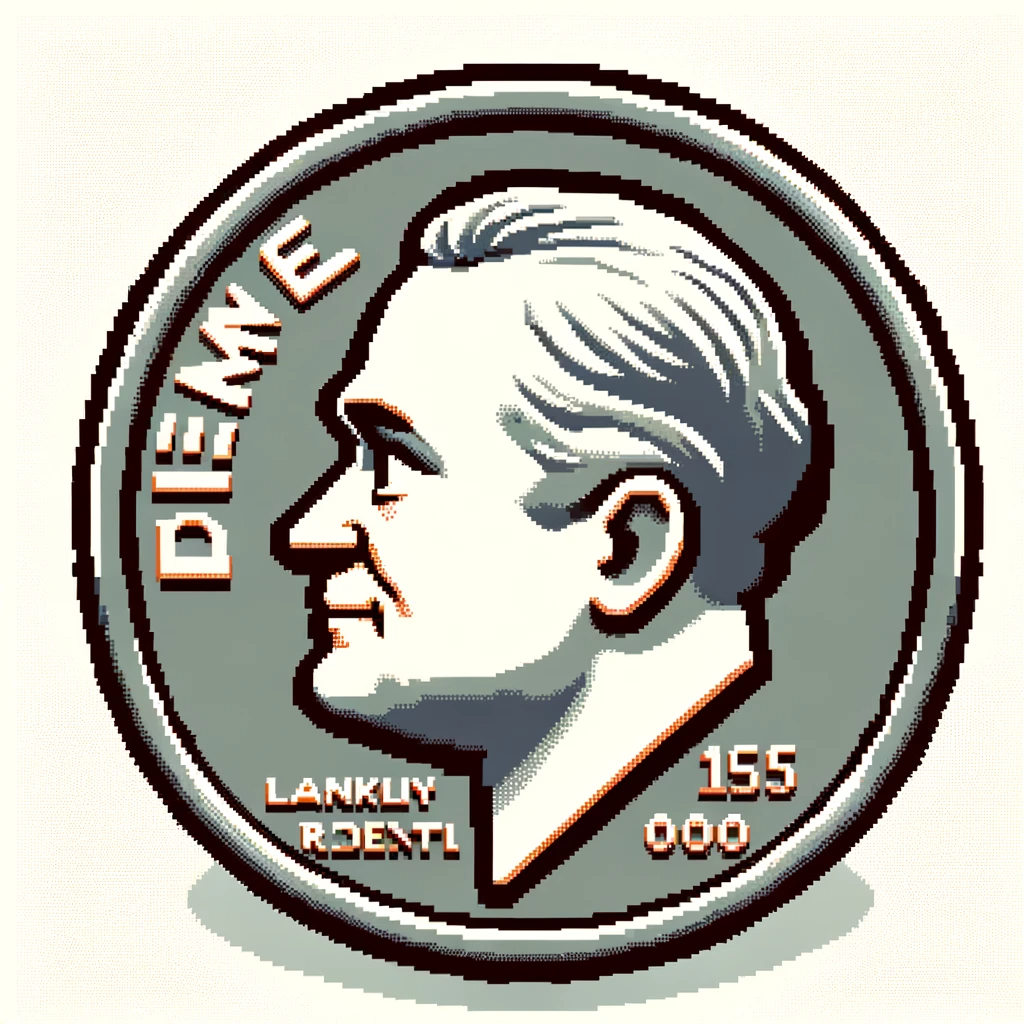In the dynamic and ever-evolving world of fundraising, A Brief Introduction to the Science of Fundraising [note, link will download a pdf] by Ashley V. Whillans presents groundbreaking insights. This article, a valuable resource for fundraising professionals, delves into the scientific underpinnings of philanthropy, offering actionable strategies to enhance fundraising efforts.
The DIME Model
The core of Whillans’ paper revolves around the ‘DIME’ model – Donation Impact, Motivation, and Effort. This model provides a structured approach to understanding donor behavior and optimizing fundraising campaigns.
Donation Impact: Showing Donors Their Contributions Matter
Whillans emphasizes the importance of demonstrating the tangible impact of donations. Donors are more likely to contribute when they see how their contributions make a difference. For instance, blood donation organizations sending text messages to donors each time their blood saves a life is a prime example of impactful communication.
Motivation: Aligning Messages with Donor Values
Understanding donor motives is crucial. Whillans suggests tailoring fundraising messages to align with donors’ values, whether they are self-motivated or altruistically driven. A mismatch between the campaign message and donor motivation can reduce the likelihood of donations.
Effort and Choice: Engaging Donors in the Process
The paper also highlights the ‘martyrdom effect,’ where donors derive more satisfaction from giving when their contributions involve personal effort or choice. Offering donors control over how their donations are used can increase satisfaction and, potentially, the amount donated.
Practical Implications for Fundraising Professionals
Whillans’ research provides invaluable insights for fundraising professionals. Here are key takeaways:
- Impact Reporting: Regularly communicate the specific impact of donations to enhance donor engagement and repeat contributions.
- Tailored Communication: Understand and align with the motivations of your donor base to craft more effective fundraising messages.
- Engage Donors in Decision-Making: Provide options for donors to choose how their contributions are used, enhancing their sense of involvement and satisfaction.
The Importance of Collaboration
The article underscores the significance of collaboration between fundraising professionals and researchers. Such partnerships can lead to a deeper understanding of donor behavior and more effective fundraising strategies.
Inspiring Further Exploration
“A Brief Introduction to the Science of Fundraising” is a must-read for anyone involved in philanthropy. It not only offers practical advice but also encourages a deeper exploration of the scientific principles behind effective fundraising.
But Wait — There’s More!
Empower your nonprofit with the right funding strategy! Our Nonprofit Revenue Readiness Meter is designed to assess your organization’s current financial health and identify the most effective funding models for your cause. By participating, you’re taking a critical step toward financial clarity and sustainability. Join other forward-thinking leaders in the nonprofit sector and take the survey today!

